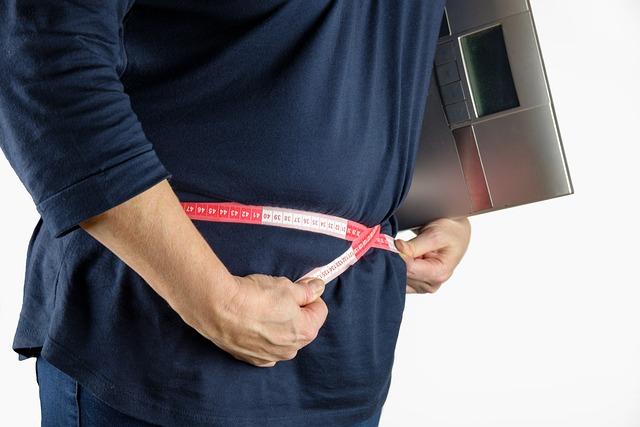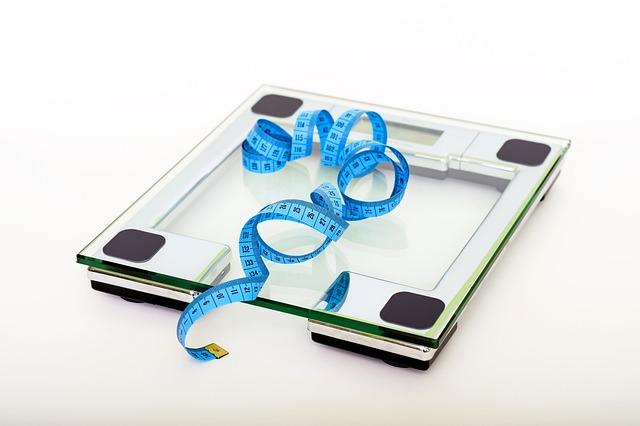In today’s health-conscious society, tracking fitness progress has become a crucial component of personal wellness journeys. With advancements in technology, digital body fat scales have emerged as an essential tool for individuals seeking to monitor their body composition with precision. These devices offer more than just a snapshot of your weight; they provide detailed insights into body fat percentage, muscle mass, and other vital metrics. However, understanding how to effectively use and interpret the data from these scales is key to achieving your health goals. This article will guide you through the process of measuring progress with digital body fat scales, offering expert advice on maximizing their potential to support your fitness journey. Whether you’re a seasoned athlete or a fitness newcomer, mastering the use of these scales can provide a clearer picture of your body’s changes and help you make informed decisions about your health regimen.
Understanding the Technology Behind Digital Body Fat Scales
Digital body fat scales are not just ordinary weighing devices; they are sophisticated tools equipped with advanced technology to provide a comprehensive understanding of your body composition. At the core of these scales is Bioelectrical Impedance Analysis (BIA). This method sends a low, safe electrical current through the body, measuring the resistance encountered as it travels through different tissues. Fat, muscle, and bone all conduct electricity differently, allowing the scale to estimate body fat percentage based on the resistance levels detected.
Several features enhance the accuracy and functionality of these scales, including:
- Multiple Frequency BIA: Using various frequencies can improve measurement precision by analyzing both intracellular and extracellular water.
- Personal Profile Inputs: Users can input data such as age, gender, height, and fitness level, allowing the scale to tailor the calculations to individual characteristics.
- Integration with Apps: Many digital scales offer Bluetooth or Wi-Fi connectivity, syncing with smartphone apps to track progress over time, set goals, and even provide health insights.
Understanding these technologies helps in appreciating how digital body fat scales deliver accurate and actionable data, making them an invaluable tool in your fitness journey.

Interpreting Body Composition Metrics Accurately
Understanding the readouts from your digital body fat scale is crucial to effectively track your fitness journey. These scales typically provide a range of metrics, each offering unique insights into your body’s composition. Body Fat Percentage is perhaps the most discussed metric. It indicates the proportion of your body mass that is fat tissue. While this number is essential, remember that it fluctuates due to factors like hydration levels and time of day. Complement this with Muscle Mass readings, which show how much of your weight is muscle. This can help assess muscle gain or loss, crucial for tailoring workout regimens.
- Visceral Fat Level: A measure of fat stored around your organs, impacting overall health.
- Bone Mass: Essential for understanding overall bone health, though not subject to rapid change.
- Basal Metabolic Rate (BMR): The number of calories your body needs at rest, useful for managing dietary plans.
For precise monitoring, it’s advisable to measure under consistent conditions. Consider measuring at the same time each day, preferably in the morning after waking up. Hydration and recent food intake can significantly affect readings, so consistency is key for accuracy. By understanding and interpreting these metrics correctly, you can make informed decisions to optimize your health and fitness strategies.
Implementing Consistent Measurement Practices for Reliable Results
To ensure that your digital body fat scale provides reliable and consistent results, it’s crucial to establish a routine that minimizes variability. Begin by weighing yourself at the same time each day, preferably in the morning before eating or drinking, to account for natural fluctuations in body weight and composition throughout the day. Consistency in timing is key to tracking progress accurately.
Here are some best practices to follow:
- Use the same scale: Different scales may use varying algorithms and technologies, which can result in discrepancies.
- Place the scale on a hard, flat surface: This ensures that the scale is level and provides the most accurate readings.
- Measure under similar conditions: Try to replicate conditions such as hydration level and clothing to reduce variability.
- Calibrate regularly: Check your scale’s instructions for guidance on how to recalibrate, ensuring ongoing accuracy.
By adopting these practices, you’ll create a robust framework for monitoring your body composition, allowing for more meaningful analysis of your health and fitness journey.
Choosing the Right Digital Body Fat Scale for Your Needs
Selecting the ideal digital body fat scale requires careful consideration of various features that cater to your specific goals and lifestyle. Accuracy is paramount; look for scales that use body fat percentage tracker for accurate results”>bioelectrical impedance analysis, as these tend to provide more precise measurements. Connectivity is another crucial factor. Many modern scales offer Bluetooth or Wi-Fi capabilities, allowing seamless integration with health apps to track your progress over time. User profiles can be beneficial if multiple people in your household plan to use the scale, ensuring personalized data tracking for each user.
Consider additional features that might enhance your experience. Display readability is important, especially if you plan to use the scale in dimly lit areas. Weight capacity should match your needs, with most scales supporting up to 400 pounds. Lastly, think about design and durability—a scale that fits aesthetically in your space and withstands regular use can make daily tracking more appealing. By focusing on these elements, you can find a digital body fat scale that not only fits your lifestyle but also aids in achieving your fitness objectives.
